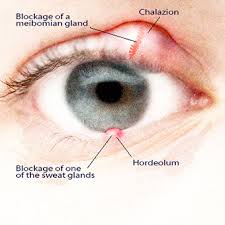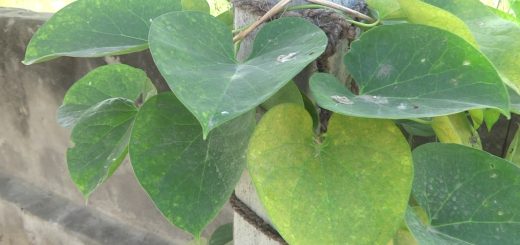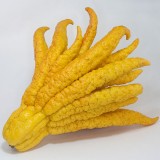What is a sty (stye or pimple on eyelid)?
 A sty is a bump that forms on or in the eyelid as the result of a blocked gland. The word sty can also be spelled stye. There are two distinct types of styes: hordeolum and chalazion. Each has different causes and treatments.
A sty is a bump that forms on or in the eyelid as the result of a blocked gland. The word sty can also be spelled stye. There are two distinct types of styes: hordeolum and chalazion. Each has different causes and treatments.
A hordeolum is a blockage of one of the sweat glands found in the skin of the lid and base of the eyelashes, or one of the small sebaceous glands found at the base of the eyelashes. Sebaceous glands secrete sebum, a waxy, oily material.
A chalazion is a blockage of a meibomian gland, which is a special sebaceous gland unique to the eyelids. These glands form a single row in each lid, with the body of the gland located inside the eyelid, and the opening located at the rim of the lid, posterior to the lashes. They secrete an oily material onto the surface of the eye, preventing the water layer of tears from evaporating too rapidly from the eye’s surface between blinks. Therefore, poorly functioning meibomian glands can lead to dry eye symptoms.
What causes a sty?
Styes occur when a gland in or on the eyelid becomes plugged or blocked. This can occur if the gland’s opening is obstructed by scar tissue or a foreign substance (makeup, dust), or if there is thickening of the substance produced by the gland, causing the material to flow sluggishly or not at all.
Obstruction of the gland’s opening can result from scar tissue following infections, burns, or trauma. Foreign substances such as makeup and dust can also clog the gland’s opening if not properly washed away.
Sluggish outflow of the sebum from the meibomian glands is commonly seen in a chronic inflammatory condition called meibomian gland dysfunction (also commonly called meibomitis). Meibomian gland dysfunction is frequently associated with acne rosacea on the cheeks and nose, but it can also be seen alone.
What are sty symptoms and signs?
The first signs and symptoms of a sty are usually redness, tenderness, and pain in the affected area. The eye may feel irritated or “scratchy.” Later signs and symptoms may include
- swelling,
- discomfort during blinking of the eye,
- watering of the eye
- sensitivity to light.
A common sign of a sty is a small, yellowish spot at the center of the bump that represents pus rising to the surface.
Stye Diagnosis
- Your ophthalmologist will ask questions about whether you have had any injury or previous eye problems or surgeries. Frequently, a history of similar symptoms is useful, so be sure to tell your ophthalmologist if you have previously experienced them. Your eyelid and facial hygienic habits, along with any cosmetic usage, are also useful information for your ophthalmologist.
- Your eyes and eyelids will be examined, including the underside of the eyelid. Your ophthalmologist may use a slit lamp (a microscope-like device with a powerful light) to examine your eye.
- X-rays and blood work are not usually useful, unless your ophthalmologist is concerned that an infection may have spread from your eyelid to your eye socket. In this case, a CT scan of the eye socket may be required.
Stye Self-Care at Home
- Apply warm compresses four to six times a day for about 15 minutes at a time to help the drainage. Keep your eyes closed.
- Gently scrub the eyelid with tap water or with a mild, nonirritating soap, or shampoo (such as baby shampoo). This may help with drainage. Close your eyes as you scrub so you do not injure your eyes.
- Do not squeeze or puncture the stye. A more serious infection may occur as a result.
- Discontinue the use of eye makeup as well as eye lotions and creams because they may be infected.
- Discontinue wearing your contact lenses because the stye may cause an infection to spread to your cornea with the continued use of your contact lenses.
Stye Medical Treatment
Care is mainly provided to help relieve your symptoms and to hasten recovery.
- Warm compresses are usually recommended.
- Pain medicine, such as acetaminophen (Tylenol), may be given or recommended.
- Antibiotics may be necessary.
- Topical antibiotics may be prescribed by your ophthalmologist.
- Occasionally, oral antibiotics are given to people either with styees that do not go away or with multiple styees as well as to those who have styees in addition to other conditions, such as blepharitis or rosacea.
- People who have rosacea along with a stye may require treatment of their cheeks with an antibiotic cream, an oral antibiotic, or both.
- Oral or IV antibiotics are usually given if the infection has spread.
- Your ophthalmologist may remove the pus from a large or painful stye by making a small cut and then draining the pus.
Stye Medications
For a stye that has not resolved in three weeks or for multiple styees, you may be prescribed oral antibiotics by your ophthalmologist. Doxycycline (Vibramycin, Oracea, Adoxa, Atridox) is an antibiotic that is commonly used to treat persistent or complex styees.
Occasionally, a topical antibiotic ointment or an antibiotic/steroid ointment combination may be prescribed to treat styees.


















